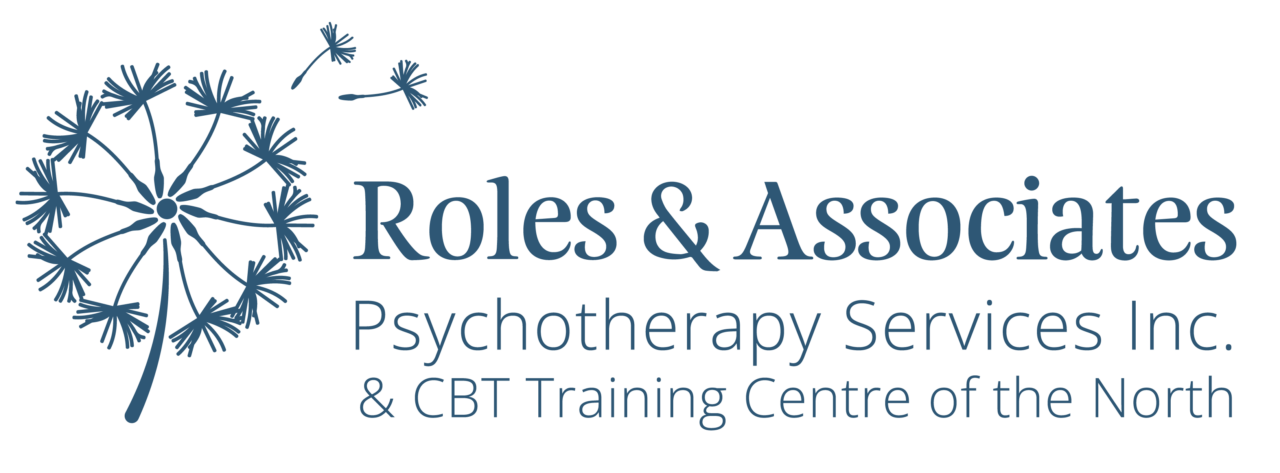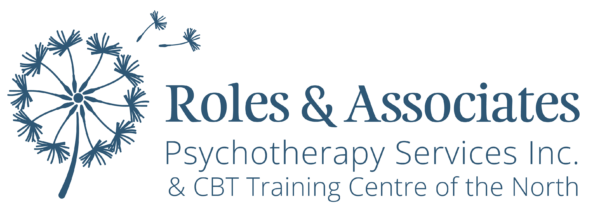The Link Between Depression and Anxiety: Understanding the Connection
Written by Tiffany Decosse

Anxiety and depression are two of the most common mental health issues that people face every day (Dobson et al., 2020). In fact, in almost half of recorded cases of Major Depressive Disorder (MDD) worldwide, anxiety disorders are present on the same profiles (Kalin, 2020). Given this widespread impact, it may be important for today’s public to gain an understanding of the relationship between anxious and depressive symptoms, and how their interactions have the potential to perpetuate problems in the day to day lives of those affected with them.
Anxiety and depression symptoms can manifest each other (e.g., rumination), they can maintain each other (e.g., low mood leading to avoidance of tasks), and comorbid cases of these disorders are also often more severe (Long et al., 2018). Research shows that once an anxiety disorder has caused problems affecting an individual’s quality of life, by avoidance of social or other situations inducing isolation or a low sense of self-worth, it is likely to result in developing symptoms of depression (Wilmer et al., 2021). In depression, the brain is more attuned to negative input and less likely to acknowledge positive aspects of a given circumstance, and this outlook can lead to increased worry and anxious tendencies.
Emotional regulation pathways in the pre-frontal cortex are affected in both anxiety and depression as well, which can be caused both by genetic factors, and environmental factors like past traumas or current stress (Kalin, 2020). An individual’s capacity to regulate their emotions and emotional responses can dictate whether someone is at high risk for anxiety or depression disorders (Young et al., 2019). Reduction in the ability to downregulate heightened emotions often leads to depression and anxiety in adults, and these disorders are commonly first seen in adolescents when neurological development of these capacities is still ongoing, and during a social time where dealing with emotions becomes more internal, with less input from family or other supports (Young et al., 2019).
Understanding the link between anxiety and depression has allowed researchers to pinpoint treatment for emotional regulation which positively affects both issues. Cognitive Behavioural Therapy (CBT) has been reviewed as being an effective treatment for both disorders, with particular success in treating anxiety (Wilmer et al., 2021). Interventions work to train the brain through thought and behaviour changes to improve a person’s ability to cope with emotion-evoking experiences, including reducing negative rumination patterns, and increasing positive reappraisal wherein clients utilize acceptance, and reframe difficult situations in a more positive light in order to reduce associated emotional anguish (Everaert & Joormann, 2019). Finding relief for your mental health concerns sometimes comes with understanding patterns in general mental health and current best treatments, such as understanding the link between anxiety and depression (Everaert & Joormann, 2019; Young et al., 2019). Awareness can lead to change. For support with anxiety and/or depression please reach out to a psychotherapist at Roles & Associates Psychotherapy Services Inc.
References
Dobson, K., Vigod, S., Mustard, C., & Smith, P. (2020). Trends in the prevalence of depression and anxiety disorders among working-age Canadian adults between 2000 and 2016. Statistics Canada Health Reports, 31(12), 12–23. https://doi.org/DOI: https://www.doi.org/10.25318/82003x202001200002eng
Everaert, J., & Joormann, J. (2019). Emotion regulation difficulties related to depression and anxiety: A network approach to model relations among symptoms, positive reappraisal, and repetitive negative thinking. Clinical Psychological Science, 7(6), 1304–1318. https://doi.org/10.1177/2167702619859342
Kalin, N. H. (2020). The critical relationship between anxiety and depression. American Journal of Psychiatry, 177(5), 365–367. https://doi.org/10.1176/appi.ajp.2020.20030305
Long, E. E., Young, J. F., & Hankin, B. L. (2018). Temporal dynamics and longitudinal co-occurrence of depression and different anxiety syndromes in youth: Evidence for reciprocal patterns in a 3-year prospective study. Journal of Affective Disorders, 234, 20–27. https://doi.org/10.1016/j.jad.2018.02.074
Wilmer, M. T., Anderson, K., & Reynolds, M. (2021). Correlates of quality of life in anxiety disorders: Review of recent research. Current Psychiatry Reports, 23(11). https://doi.org/10.1007/s11920-021-01290-4
Young, K. S., Sandman, C. F., & Craske, M. G. (2019). Positive and negative emotion regulation in adolescence: Links to anxiety and depression. Brain Sciences, 9(76), 1–20. https://doi.org/10.31234/osf.io/uwy6q

